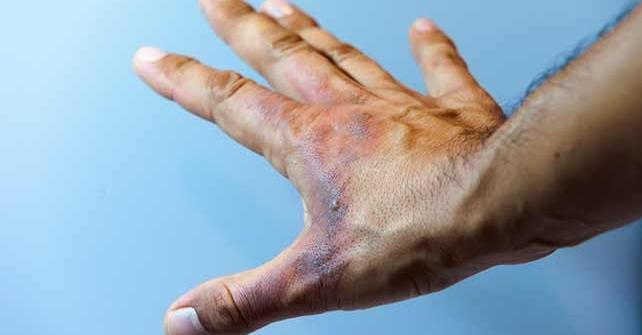A burn injury may happen anywhere, whether at home, work, outside, or when riding a public bus. Depending on the severity of the burn, such injuries can be life-threatening and incapacitating.
According to the American Burn Association, 450,000 individuals receive medical care for burn injuries in emergency rooms at hospitals yearly; this number excludes burn injuries treated in places apart from hospitals, such as doctor’s offices or clinics.
If you or a loved one has had burns, you should immediately speak with a Personal injury lawyer.
The different degrees of burns
Various factors can result in burn injuries. The majority of hospitalized burn victims apparently suffered the following wounds:
- In a fire
- By contact with steam or an extremely hot liquid
- Through coming into contact with a source of electricity, such as a power outlet
- Exposed to chemicals
There are four different burn degrees, and they are categorized based on the extent to which the skin is affected. The severity of the burn rises with the degree.
- First degree burns
Most people will experience pain from first-degree burns at some point in their life. The epidermis, or outer layer of the skin, is the only part of the burn damage harmed.
Causes
Mild sunburn is the most common cause of first-degree burns. The sun’s ultraviolet (UV) rays may harm your skin if you spend too much time outdoors without sunscreen protection.
Scalding is another type of these burns, especially among kids. Your skin will be burned if it comes into contact with hot water. Think about removing the cover from a simmering pot. The steam can burn flesh if the fingers or face are too close to it. The skin can also be burned by extremely hot water during a shower or bath.
- Second degree burns
An injury to the epidermis and an area of the dermis, the layer of skin below the outer one, is known as a second-degree burn.
Causes
Second-degree burns can also be caused by touching a hot item, sunburned more severely, or exposure to flames, chemicals, or electricity. These same factors also contribute to first-degree burns. These burns may be minor, or they may be deeper and more deadly.
- Third degree burns
A third-degree burn totally destroys both the epidermis and the dermis. Fat tissue may be occasionally damaged as well.
Causes
Third-degree burns can result from exposure to electricity, a dangerous chemical, or scalding. Compared to incidents brought on by first- or second-degree burns, these occurrences will have a more harmful effect.
- Fourth degree burns
Fourth-degree burn injuries affect the deeper tissues, epidermis, and dermis. This kind of burn damage may impact your muscles, tendons, and nerves.
Causes
Fourth-degree burns may occur via coming into contact with hot surfaces, exposure to a burning flame or an enclosed fire, or chemical exposure. Fourth-degree burns are likely to be more severe, even though these reasons may seem comparable to those resulting from the other burn kinds we have covered.

